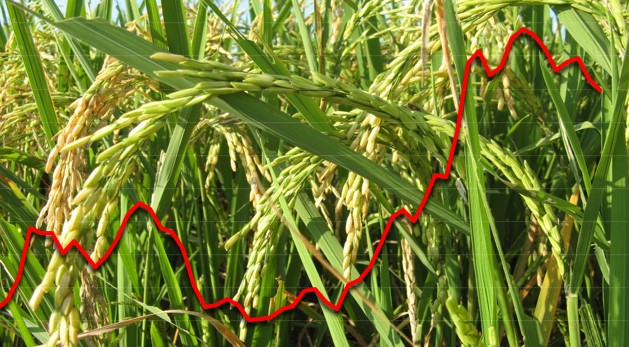
In July, world rice prices fell again by an average of 2%, confirming the downward trend that began in mid-June. Import demand remains weak as buyers and sellers anticipate a release in the India’s export restrictions on non-basmati white rice, which has been slow to materialize. Additionally, global trade is being affected by postponed purchases or transactions involving only small quantities, despite efforts by Asian exporters to lower their prices in order to revive the export market. Rising shipping costs and a shortage of empty containers add further pressure on the export market. Thai prices dropped significantly by 7%, marking their lowest level in three months. However, in other export markets, prices fell more moderately thanks to slightly stronger import demand. Importers are also waiting for export offers from new harvests that will begin arriving at the end of August and continue until January 2025. Currently, the market is relying mainly on purchases by Indonesia and the Philippines to reactivate trade. With production prospects looking promising in major Asian countries, by a 2% increase compared to 2023, and potentially more abundant export supplies, price trends in the coming months will be heavily influenced by trade decisions of India, the Philippines, and Indonesia. In July, the OSIRIZ/InfoArroz (IPO) fell by 8.0 points to 279.0 points (base 100=January 2000) from 287.0 points in June. By early August, the IPO index continie to decline, reaching 275 points.
